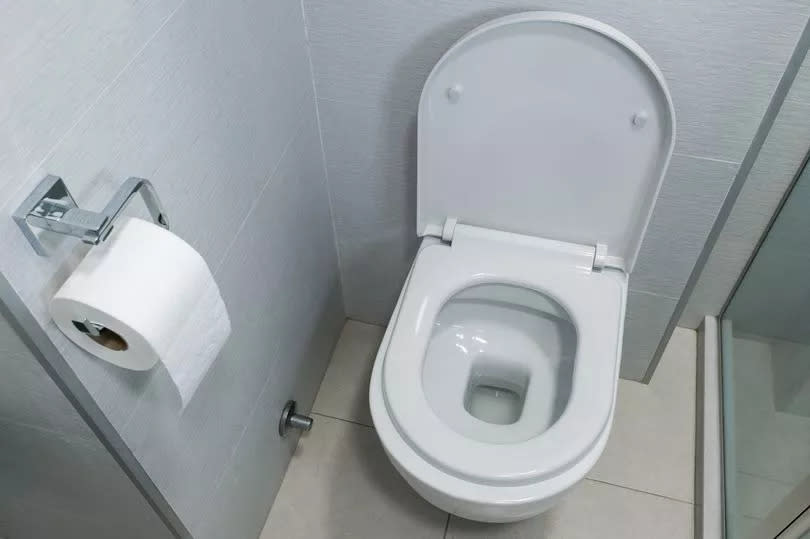What the shade of your wee says about your health - and when to see a doctor

Whether it's due to a heatwave or simply forgetting to hydrate alongside those frosty iced coffees, dehydration can have a significant impact on your health - and you may notice it on the toilet.
Healthy urine is typically clear or very pale yellow. However, you might occasionally notice that it's a darker shade of yellow. This is most commonly caused by dehydration, and upping your water intake should usually sort it out.
Our bodies are made up of around 75% water and need adequate hydration to function properly. It's crucial to keep our fluid levels topped up. In the short term, dehydration can affect your alertness and concentration, as well as leading to constipation.
There's also some evidence to suggest that regular dehydration over time can cause damage to the kidneys, reports Wales Online.
So, what does it mean if your urine is a different colour than usual? It could indicate a range of internal issues so keeping an eye on what's coming out can help you address any problems.
Clear: You're well hydrated and chances are your urine is healthy.
Light yellow: You're doing well but keep drinking throughout the day.
Bright yellow: You need more water.
Dark yellow: You're probably feeling a bit under the weather and chances are you need more water. Make sure you drink 500ml within the hour, or more if it's hot outside.
Very dark yellow: You're seriously dehydrated and need water as soon as possible.
Aside from various shades of yellow, your urine could be signalling that something else is amiss. Some of these colours will be more noticeable than others, and here's what they usually signify:
Brown: Unless it's due to medication or something you've eaten (like rhubarb), this could indicate bleeding or another serious condition in the kidneys or bladder. Alternatively, you may be extremely dehydrated.
Red or pink: Can you see blood in your urine? If you're expecting your period, don't worry as this is completely normal. However, if you're not menstruating, it could be a sign of a urinary tract infection (UTI), kidney problems, or a more serious urological issue. If the redness isn't blood, it could be due to certain foods (like rhubarb, beetroot, or blackberries).
More unusual colours can be caused by things like vibrant food dyes or certain medications. If you notice your urine is green, it could be a sign of a bacterial infection. If you're experiencing symptoms of a bacterial infection, please seek medical advice.
Certain medications and vitamin supplements may also turn your urine orange. While not every shade other than yellow is a cause for concern, if you haven't eaten anything different nor associated with any medication you're taking, and lasts for more than a day, speak to a medical professional.
It's not just the colour you need to be looking out for. Any changes in the cloudy or foamy-looking urine could indicate a UTI, kidney stones, or kidney disease. If you're experiencing other symptoms of a UTI or kidney disease, speak to a medical professional as soon as possible.
Tips for maintaining healthy urine
Aim to drink six to eight glasses of fluid per day. This can include water, lower-fat milks, and lower-sugar or sugar-free drinks.
Opt for foods that help keep you hydrated. Fruits and vegetables have a high water content, as do soups, yoghurt, and cooked black beans.
Set reminders to drink, or try to establish routines (like having a drink break at 11 o'clock each day).
Don't hold it in - go to the toilet when you need to.
Join the Daily Record's WhatsApp community here and get the latest news sent straight to your messages.

 Yahoo News
Yahoo News 
